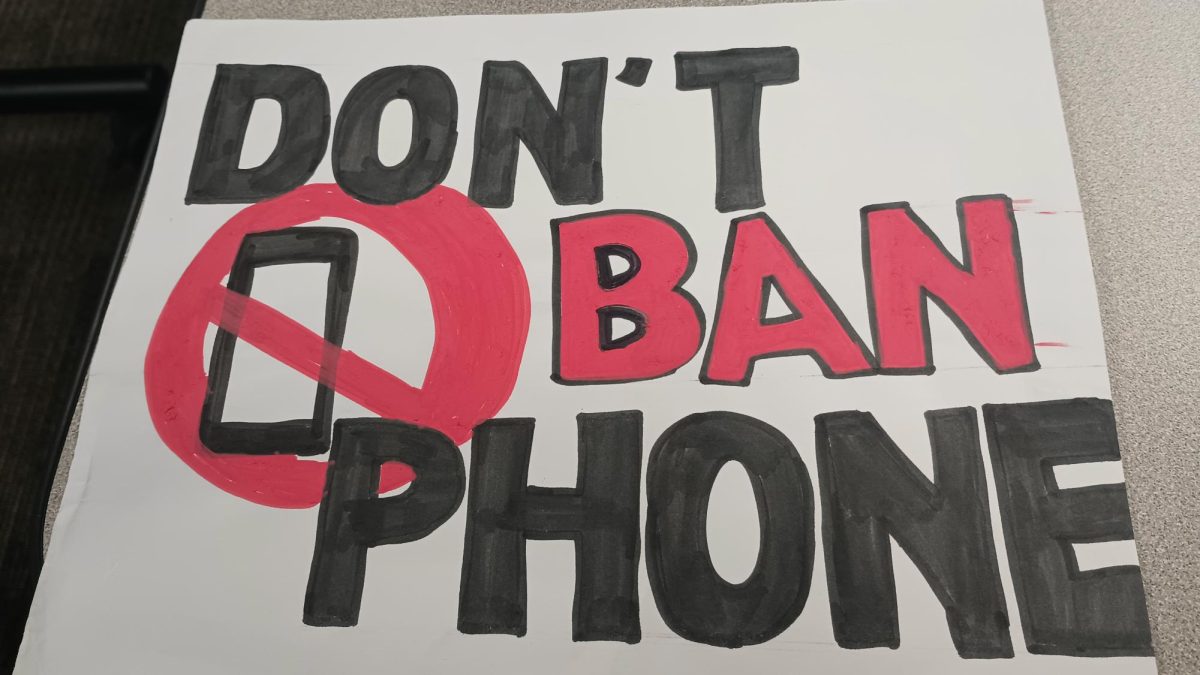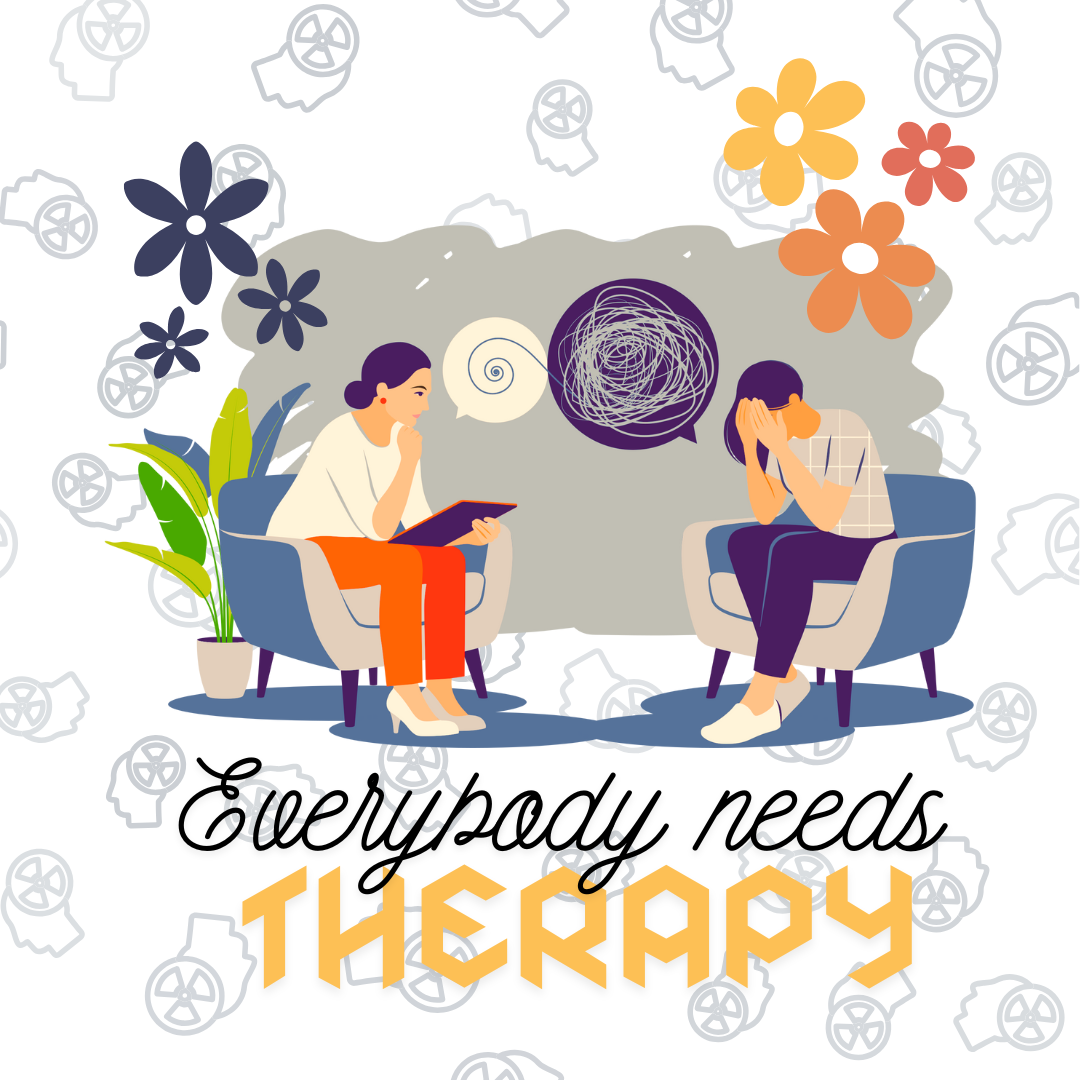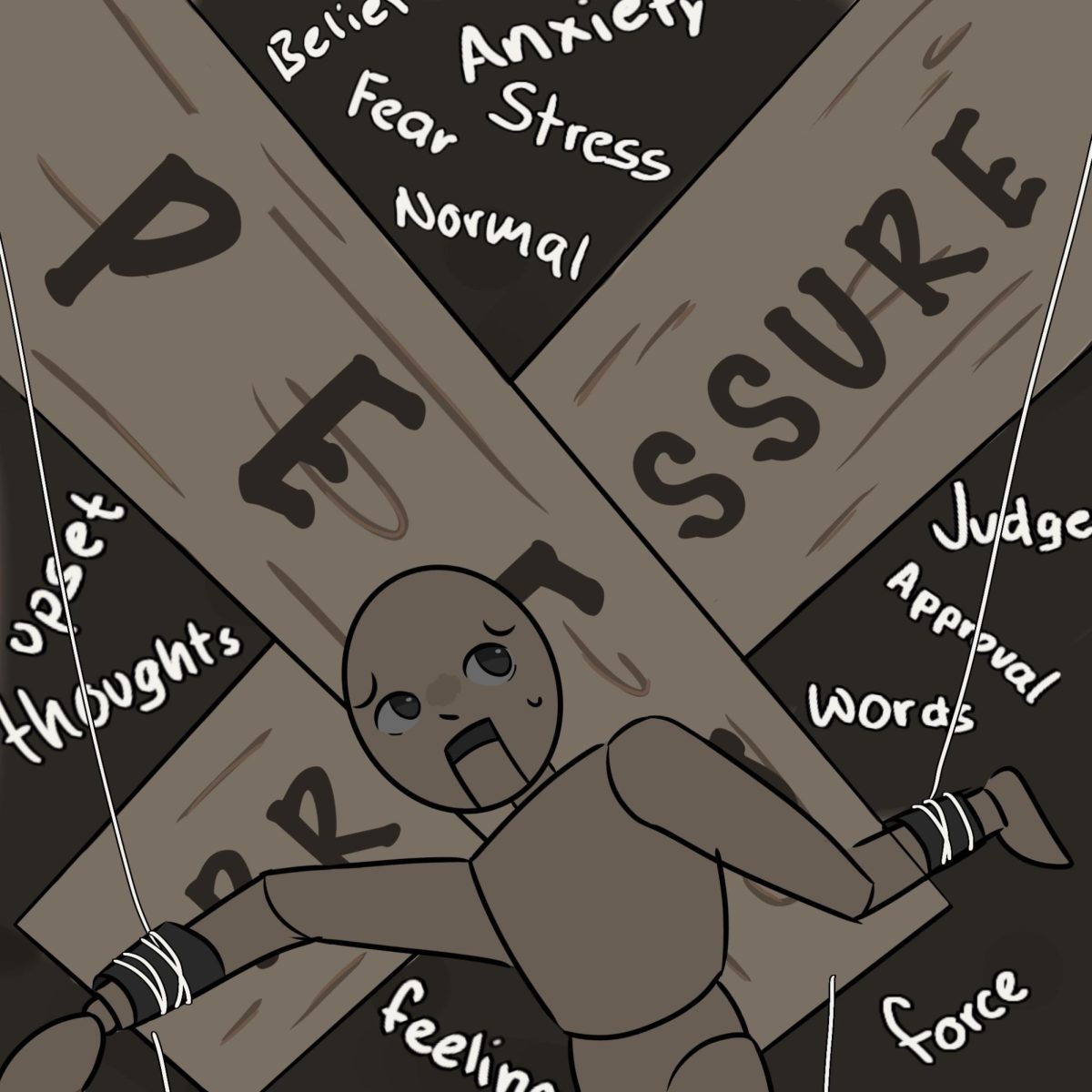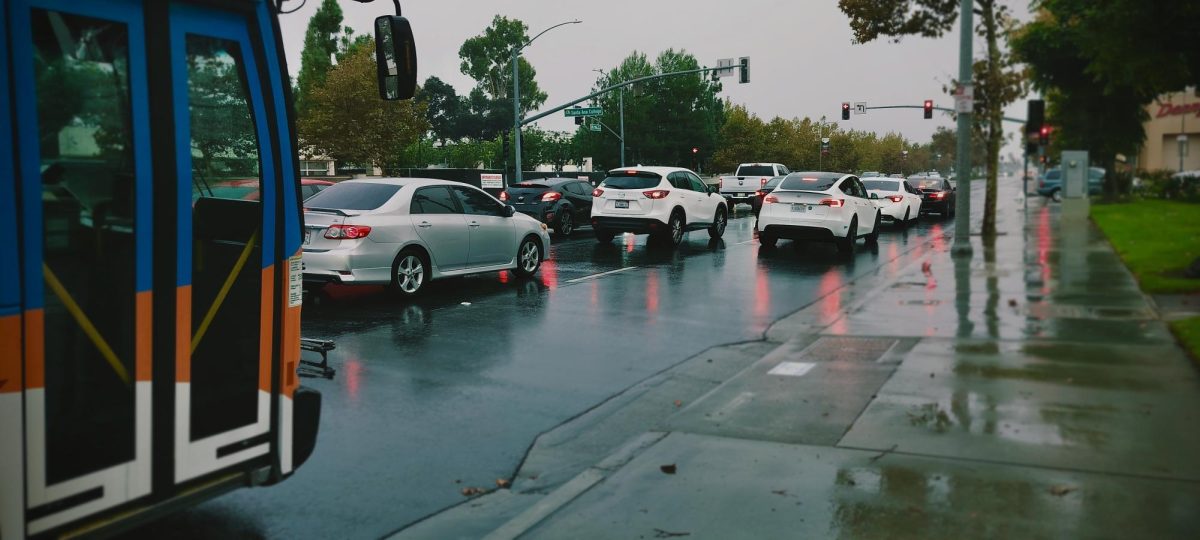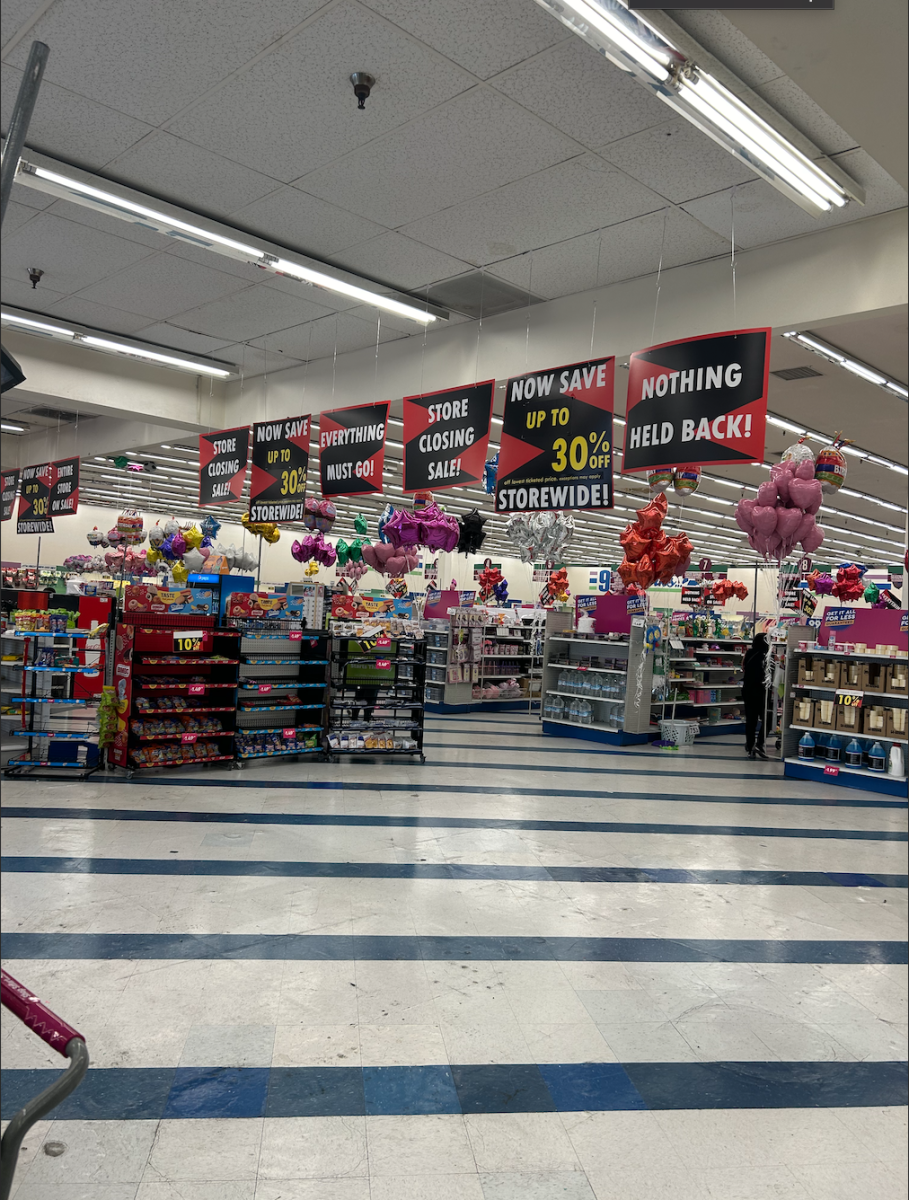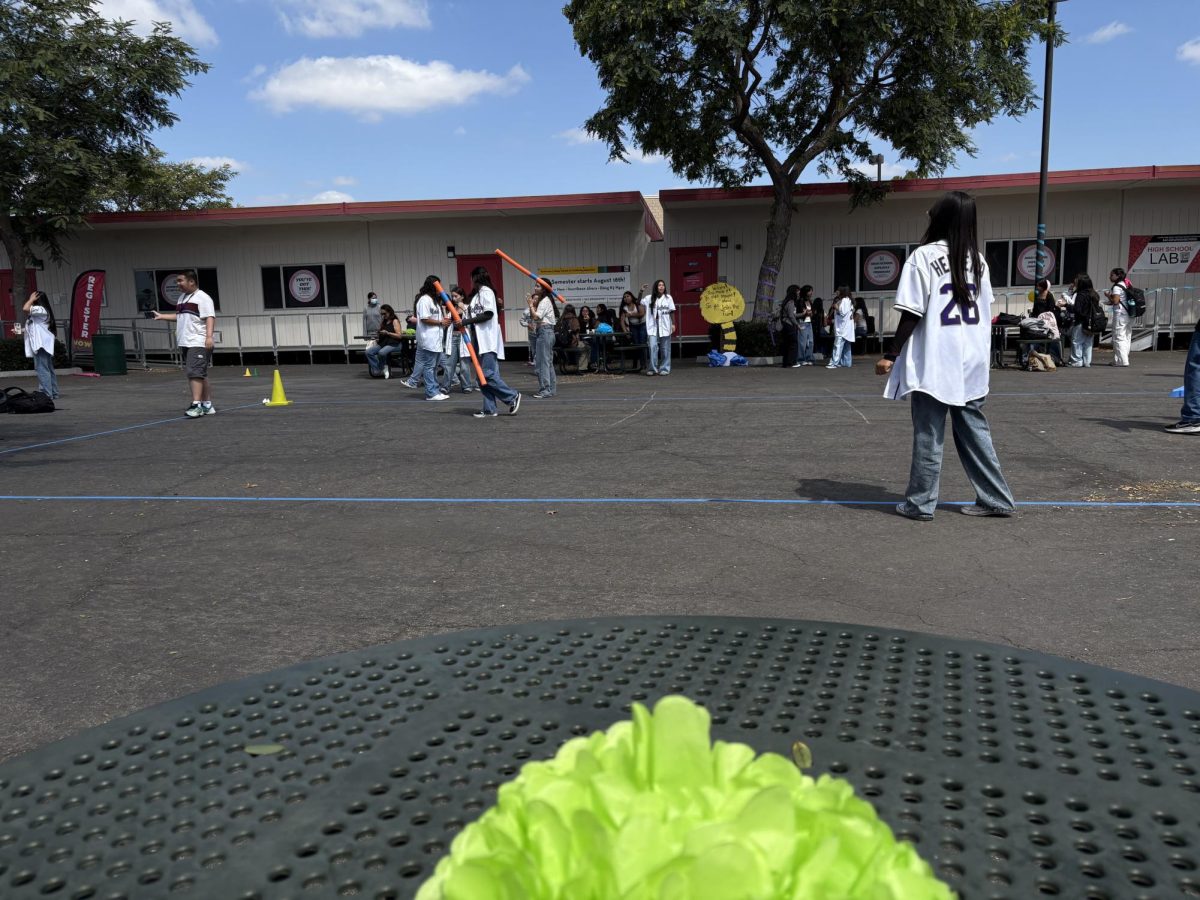Communities across California, Nevada, Texas and Arizona are dealing with the closure of 99 Cents Only Stores, leaving thousands of loyal customers and employees in uncertainty. As shelves are emptied and storewide sale posters are plastered all over, the shutdown sheds light on broader economic struggles and the challenges of affordability amid inflation.
The closure of 99 Cents Only Stores isn’t just about the loss of a discount retailer; it’s about the emotional ties, memories and economic implications for communities. With 371 locations shutting their doors, all 14,000 employees face unemployment. The chain cites a combination of factors, including the pandemic, inflation, shrinkage, shoplifting, employee error and product damage, as reasons for closure. As they plan to liquidate all merchandise starting Friday April 5th, the ripple effects of their closure are felt.
In light of the nostalgia and concern surrounding the closure, economics teacher Ricardo Anguiano highlights the economic repercussions this will have.
“With the closing of the store, people will have to spend more money to get the goods or services that they once were able to afford at a cheaper price. This will result in them having to make cuts in other areas of their budget just to make ends meet,” Anguiano said.
For senior Aracely Iturbide, the closure signifies a loss of affordability and accessibility.
“I think in general, people will miss how inexpensive it was since that’s the whole point of the store, for it to be cheap and affordable. It’s sad for many people because they rely on that store for food and things they need on a day-to-day basis. It’s a bad feeling knowing that people are going to be affected by this in a big way,” Iturbide said.
Kaylee Bejar, 18, a frequent customer, also expresses her concern over losing access to affordable goods.
“I found out about the closing of the 99 Cents stores from my mom. I was very upset when I heard about it because it was a store I relied on frequently for its low prices. My family and I live paycheck to paycheck so this store would always help us get by during tough times,” Bejar said.
For others, the closure represents more than just losing access to affordable goods—it’s a loss of cherished memories and a sense of community.
Maria Lona, 27, shares her emotional attachment to the store.
“The instant sadness I got walking in today… the flashbacks of running in here as a child… even the flashback of walking in here as a teen looking for room décor, it nearly made me cry. It’s so sad seeing one of my best childhood memories leave,” Lona said.
Beyond the economic implications, this closure shows how important these stores are to our neighborhoods. After all, it’s not about where we shop– it’s about the sense of community and support these stores provide.



